Gardening Q&A
-
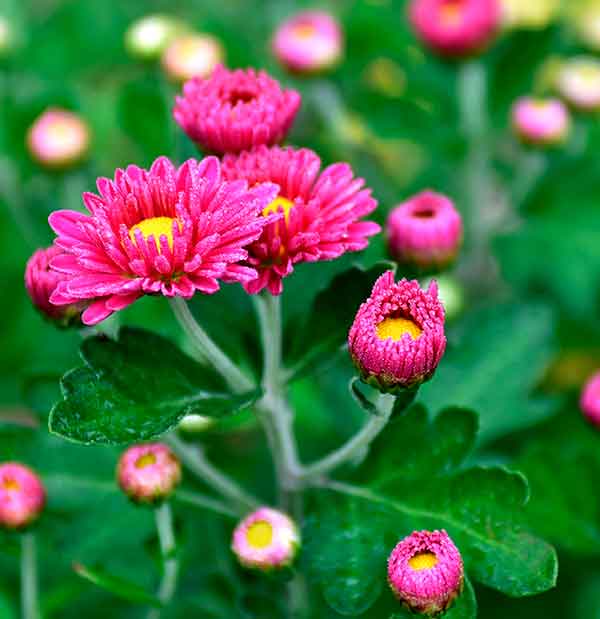
When shopping at the nursery, I am drawn to the plants in bloom, but they never seem to last long once I bring them home. What am I doing wrong?
You aren't doing anything wrong. Flowers last a certain time, and then they fade. My advice would be to admire those plants in bloom, but select ones that are just starting to produce flowering stalks—ones that aren't quite open, but have lots of buds ready to burst. This way, they will bloom for you and not for customers at the nursery.
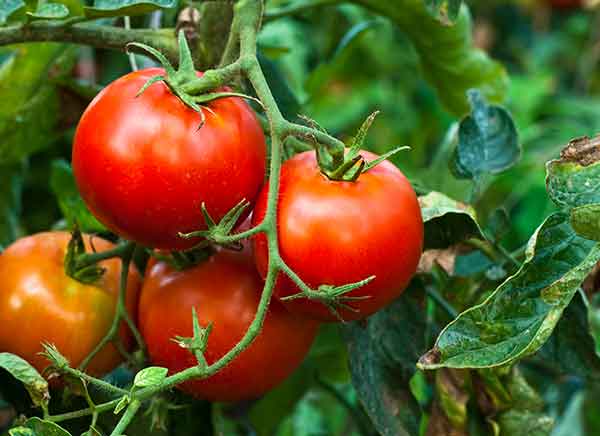
The plant tag on my tomato plant says "determinate." I've never seen this before. What does it mean?
Tomatoes come two ways: determinate and indeterminate. Those terms refer to their growth habits. You need to know which types you have because one of them requires a much stronger, taller, bigger support system.
Determinate types have a short main stem, grow fairly compactly, grow to a certain size and stop. They are generally short and close to the ground. They bloom and then bear fruit in one big flush, and that's it. They're finished for the season.
Indeterminate types keep growing and blooming and producing fruit the entire season. They are the ones that need tall, stout tomato cages. They typically produce more fruit than determinate types.
-
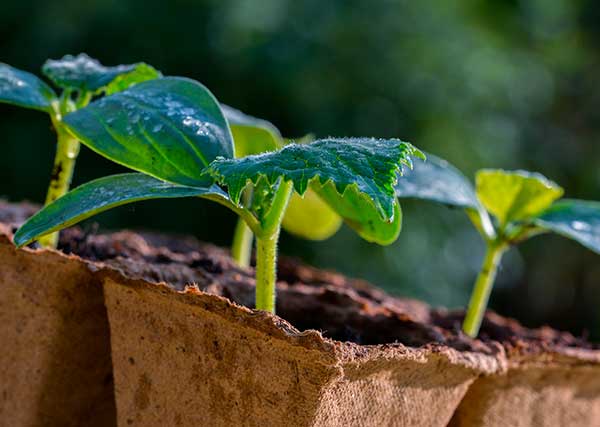
I'm trying to get a jumpstart on the season and get lots of seeds planted. I have two problems. First, some of the seedlings look like they rot away at the base of the stem and just fall over. Second, the roots come out of the peat pots I am using, but if I don't keep the pots wet all the time, the peat gets hard and the roots sticking out die.
The first problem you are having is called "damping off." It is sort of a crime of opportunity. The conditions have to be just right for it to occur. It's most prevalent early in the seed-starting season when temperatures are cool and there is a lot of moisture. Some plants are especially vulnerable. Basil is one of them. Simply start those seeds a little later and the problem should right itself. If you really need to start early, make sure there is plenty of air circulation around the seedlings. A fan on low speed will help. As a bonus, the air blowing across the seedlings also makes them stronger.
Second, you've discovered the greatest weakness of peat pots: They work better in theory than in reality. The pots have to be kept damp, and often that is too damp for what you are trying to grow. I prefer plastic pots. A really economical solution is one of those gadgets that makes pots out of newspaper. They are surprisingly easy to handle and because the paper tears easily, the roots that come outside the pots don't get strangled like they do when the peat pots dry out.
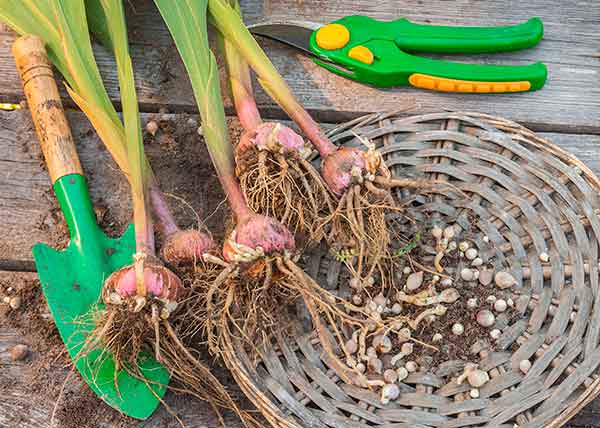
I planted gladiolus bulbs last year. They bloomed beautifully. This year, the bulbs are beginning to sprout, but there are also dozens of tiny-looking gladiolus plants coming up. What happened?
Those are baby gladiolus bulbs. Gladiolus bulbs are actually called corms, and the young ones are called cormels. One glad corm can produce six or eight cormels each season. It takes two or three years for the cormels to get big enough to bloom. In the meantime, they can make a mess in the flowerbed if you don't want them. They are easily pulled up early in the season.
-
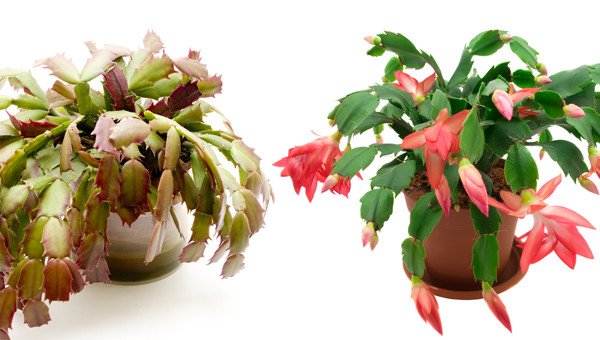
My Christmas cactus hasn't bloomed for the holidays in a couple of years. It was blooming when I bought it in December a few years ago.
That's a common complaint. Growers have a few tricks up their sleeves that allow them to bring something into bloom almost whenever they want. Often plants are grown under controlled conditions that can mimic almost any season. The good thing is these plants are supposed to bloom at this time of year.
Two common mistakes come to mind: too much fertilizer or none at all. If you are fertilizing regularly, cut it back and make sure you are not using one with too much nitrogen (that's the first number in the list of numbers on the package). Nitrogen promotes leafy growth. If you are not fertilizing at all and have had the plant for several years, the soil might need replacing or some feeding. I prefer a time-release fertilizer (usually comes in granules) that lasts several months and feeds the plant slowly. Also, make sure you let the soil dry out a bit between watering.

With the cold, how do I protect my succulents?
First rule of getting succulents to survive the winter outdoors is to quit watering them in late October or November. You want them on the dry side. Succulents turn to mush when they freeze because, in simple terms, the water inside freezes and sort of explodes and the plant collapses. If you can bring potted ones next to the house, that provides some protection. You can also cover them with row cover (all nurseries sell them). It's a lightweight fabric that keeps the temperature higher beneath it. That said, some succulent just aren't going to survive cold temperatures. It takes a bit of experimenting to find out which ones do best in your climate.

